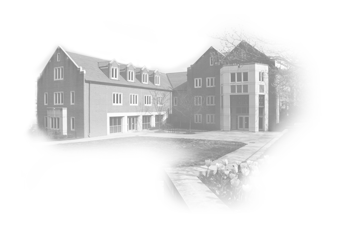Submitted by webmaster on
| Title | End-user Tools for Application Performance Analysis, Using Hardware Counters |
| Publication Type | Conference Paper |
| Year of Publication | 2001 |
| Authors | London, K., J. Dongarra, S. Moore, P. Mucci, K. Seymour, and T.. Spencer |
| Conference Name | International Conference on Parallel and Distributed Computing Systems |
| Date Published | 2001-08 |
| Conference Location | Dallas, TX |
| Keywords | papi |
| Abstract | One purpose of the end-user tools described in this paper is to give users a graphical representation of performance information that has been gathered by instrumenting an application with the PAPI library. PAPI is a project that specifies a standard API for accessing hardware performance counters available on most modern microprocessors. These counters exist as a small set of registers that count “events”, which are occurrences of specific signals and states related to a processor’s function. Monitoring these events facilitates correlation between the structure of source/object code and the efficiency of the mapping of that code to the underlying architecture. The perfometer tool developed by the PAPI project provides a graphical view of this information, allowing users to quickly see where performance bottlenecks are in their application. Only one function call has to be added by the user to their program to take advantage of perfometer. This makes it quick and simple to add and remove instrumentation from a program. Also, perfometer allows users to change the “event” they are monitoring. Add the ability to monitor parallel applications, set alarms and a Java front-end that can run anywhere, and this gives the user a powerful tool for quickly discovering where and why a bottleneck exists. A number of third-party tools for analyzing performance of message-passing and/or threaded programs have also incorporated support for PAPI so as to be able to display and analyze hardware counter data from their interfaces. |



